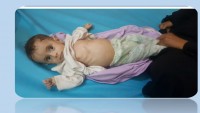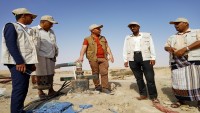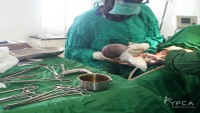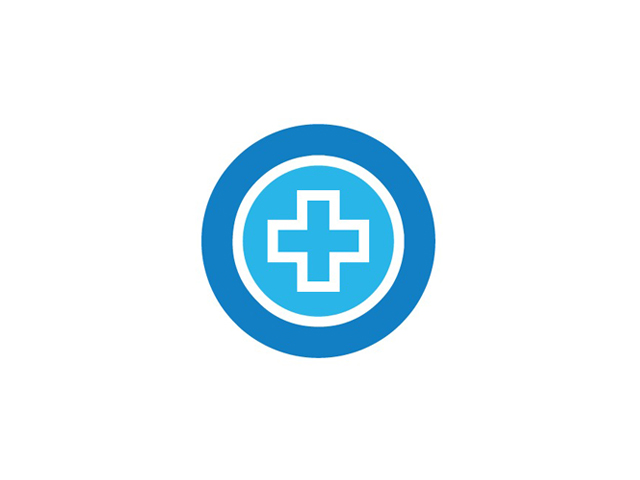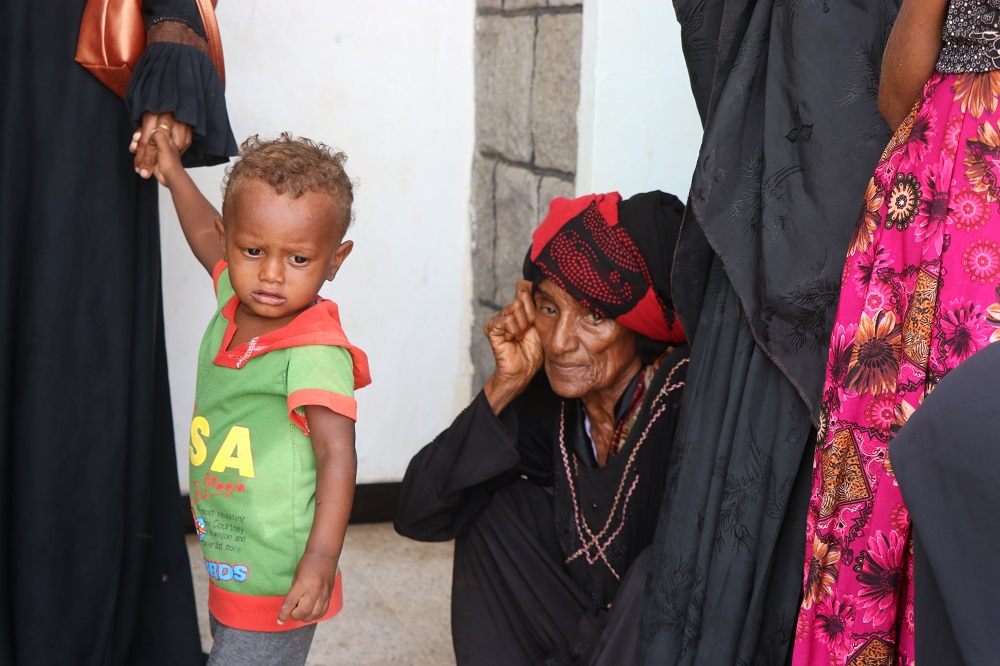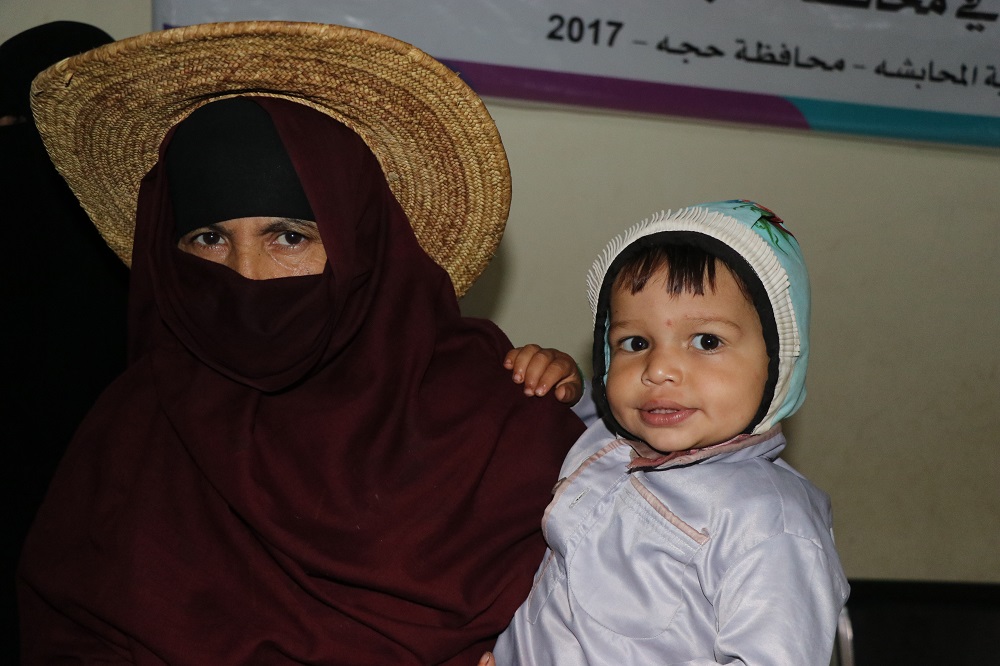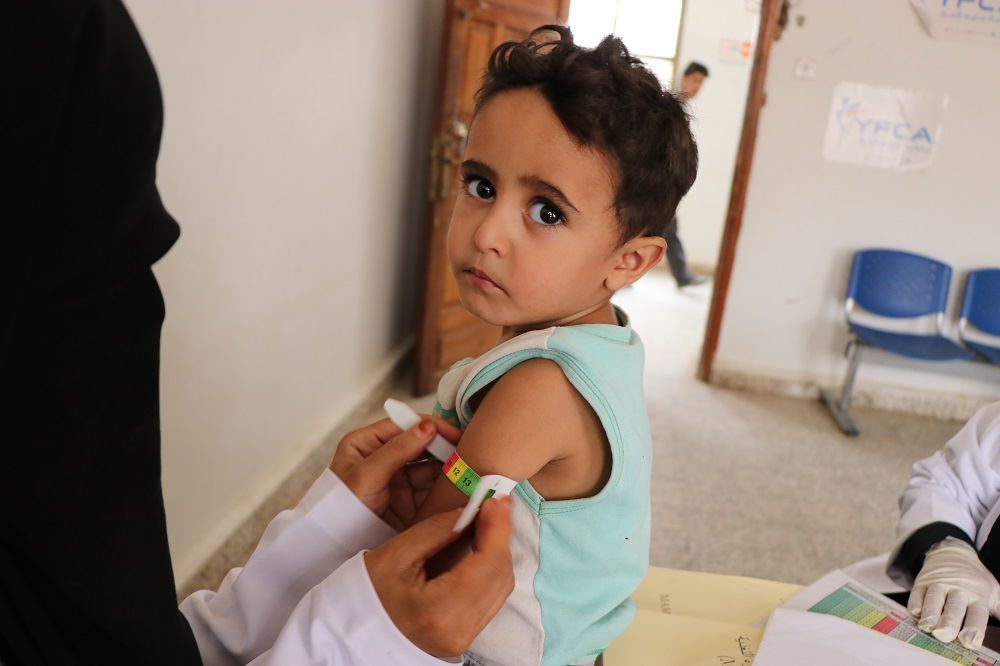

Situation overview
According to HNO 2019, approximately 19.7 million people are in need of health assistance in Yemen .Two-thirds of districts (203 of 333) are in the most severe need due to poor access to health services, displacement and deteriorating socio-economic conditions. In addition, 7.4 million people require services to treat or prevent malnutrition, including 4.4 million who are in acute need. This includes 3.2 million people who require treatment for acute malnutrition: 2 million children under 5 and 1.14 million PLW.
There are many accelerating factors affecting collapse of health system and decline of public health services in Yemen including; functionality of about 51% of health facilities, limited access to healthcare, lack of salaries for heath staff, damage to health facilities and difficulty importing medicines and medical supplies.
Program scope and strategy:
According to HNO 2019, approximately 19.7 million people are in need of health assistance in Yemen .Two-thirds of districts (203 of 333) are in the most severe need due to poor access to health services, displacement and deteriorating socio-economic conditions. In addition, 7.4 million people require services to treat or prevent malnutrition, including 4.4 million who are in acute need. This includes 3.2 million people who require treatment for acute malnutrition: 2 million children under 5 and 1.14 million PLW.
There are many accelerating factors affecting collapse of health system and decline of public health services in Yemen including; functionality of about 51% of health facilities, limited access to healthcare, lack of salaries for heath staff, damage to health facilities and difficulty importing medicines and medical supplies.
Program scope and strategy:
- Meeting immediate health needs of victims of crisis, natural disasters and civil conflicts
- Providing emergency lifesaving health & nutrition services to communities in need by operating and supporting health facilities, mobile team and outreach activities and capacity building of health staff.
- Supporting health facilities by qualified staff, essential and emergency medicine, medical supplies, equipment and rehabilitation.
- Reducing mortality and morbidity rates especially among women and children due to infectious diseases, malnutrition, outbreaks of cholera and acute watery diarrhea etc.
- Promoting best practices on child and women care, sexual and reproductive health and rights, hygienic and environmental sanitation, developing preventive healthcare and health education.



